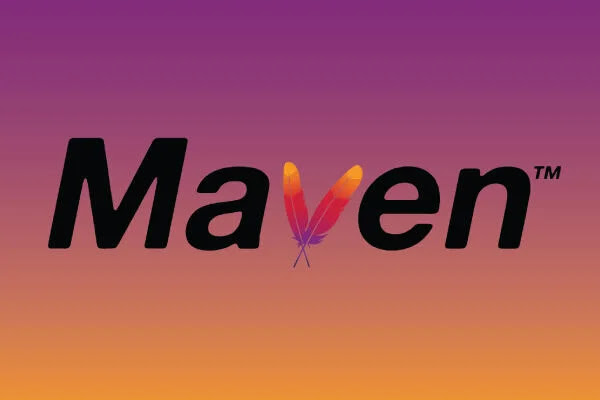In Maven, repositories can be defined in multiple places such as the
pom.xml, settings.xml, or a parent pom.xml, and each location serves a different purpose. When working on MuleSoft projects, the choice of where to define repositories affects how our project resolves dependencies, builds, and manages access to both public and private repositories.Here are some guidelines:
Defining Repositories in the pom.xml (Project-Level)
We should define repositories in the pom.xml only when they are project-specific. For example, if a MuleSoft project needs dependencies from a custom or third-party repository and we will use that dependency on this Mule app/project.This is useful when the repository configuration is unique to the project and not shared across other projects in the same organization.
The caveat of defining repositories in the pom of a project is that any change in the repository URLs or credentials would require changes in every project using those repositories. It’s harder to maintain.
So we need to pay attention and try to identify If multiple projects use the same repositories, as it will result in redundancy and inconsistency if not properly managed.
Defining Repositories in the settings.xml (User/System-Level)
This approach is useful when the repository is not tied to any specific project but is required for multiple projects or environments on your machine (e.g., for corporate environments).A good example of this approach would be using an automation server like Jenkins. When all (or part) of our Mule apps will be built and deploy by our Jenkins server as part of our CI/CD, makes sense to specify the list of common repositories for our Mule apps in the settings.xml file of the Jenkins server. We could even include these repos within profiles to make it more clear the purpose of a group of repos.
Another use case is to use the
settings.xml to define access to private repositories (like MuleSoft Enterprise repositories) or internal Nexus/Artifactory repositories that require authentication.Examples:
<profiles>
<profile>
<id>mulesoft-repo-profile</id>
<repositories>
<repository>
<id>mulesoft-enterprise-repo</id>
<url>https://repository.mulesoft.org/nexus/content/repositories/enterprise/>
</repository>
</repositories>
</profile>
</profiles>
<activeProfiles>
<activeProfile>mulesoft-repo-profile</activeProfile>
</activeProfiles>
Defining Repositories in a Parent pom.xml (Shared/Inherited Configuration)
If we define repositories in a Parent POM, all the projects inheriting from it will use those repositories. As opposed to the settings.xml file, this will be regardless of the user/machine building the project.So, both settings and parent pom define common repositories for Mule projects. The difference is the scope. In the settings file these common repositories will be available to all projects built on a specific machine (or with a specific user), e.g. your Jenkins server. Artifacts built outside this server won’t use those repositories.
For that, we would use a parent POM. With a parent POM we can make sure that all projects inheriting from it will use those repos, regardless of the machine/user doing the build.
Summary
Here’s my take:- Use the project’s POM only if that repository will be used exclusively for that Mule project/app. If you need to define it a second/third time for another project you should start considering moving that repository to one of the other two options.
- Use the settings.xml file to define private repositories that require authentication. Remember that, apart from defining the location of these repositories in the <repositories> section, you will have to use the <servers> element to provide username and password for those repositories. It’s better to limit the use and access of these credentials. So, in my view, it’s always better to limit the definition of these repositories and their credentials to the machines that will do the builds and deploys. Examples:
- Our Private Exchange
- The Mule Enterprise Repository
- Other Private repositories of our organization (Nexus, JFrog…)
- Use the parent POM to define all the repositories that are common to all (or part of) our Mule projects and that do not require authentication. Examples:
- Public Mulesoft releases repository
- Public Exchange
- Any other Public repository used by multiple Mule apps

